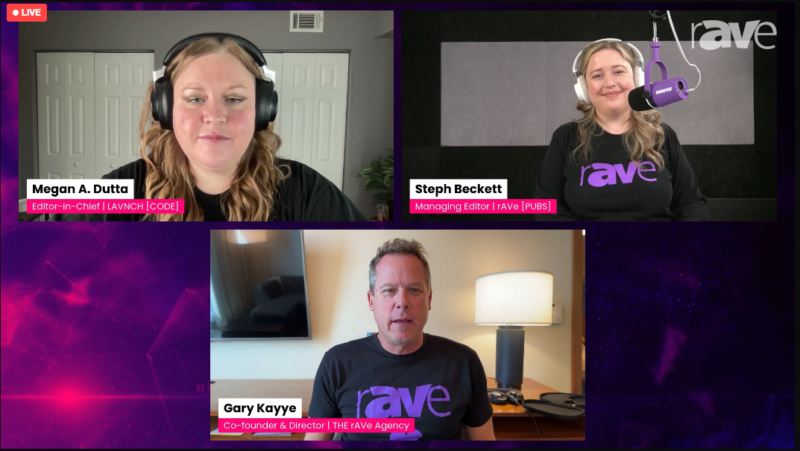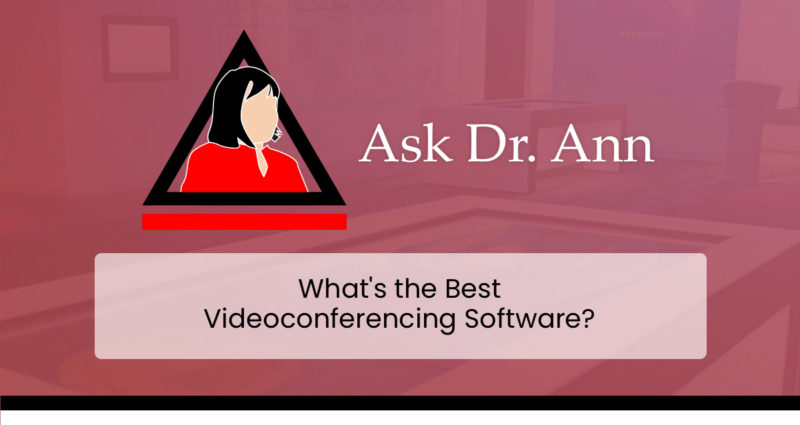UC By Any Other Name…
By David Danto
Director of Emerging Technology, IMCCA
 This week both of my boys head off to college, leaving my wife and I with the proverbial empty nest. While I know they’re as prepared as they can be to absorb all the higher education that they can access, I can easily recall the time when they were just toddlers learning to talk. In those early days of language kids tend to overgeneralize – possibly calling every animal a doggie and/or everything round a ball. It takes a bit more maturity and growth to understand the nuances of each object so we can refer to it accurately.
This week both of my boys head off to college, leaving my wife and I with the proverbial empty nest. While I know they’re as prepared as they can be to absorb all the higher education that they can access, I can easily recall the time when they were just toddlers learning to talk. In those early days of language kids tend to overgeneralize – possibly calling every animal a doggie and/or everything round a ball. It takes a bit more maturity and growth to understand the nuances of each object so we can refer to it accurately.
Unfortunately as we grow-up and enter the business world, somewhere along the line some of us lose that desire to be accurate about things – especially when there is an opportunity to market products or define trends. Welcome to the world of the collaboration market confusion.
In the early 1990s we were happy calling things what they were – Videoconferencing (newfangled), Telephony (mature), etc. Then tools that could detect presence were inserted into the mix at firms such as IBM and the history of UC was initiated. The concepts that formed UC were understandable – having all the methods of communication and collaboration come together and share info so that users could easily “escalate” to a more robust offering whenever the need arose – messaging to voice to content sharing to visual communications – all aspects of the same process.
I often speak and write about the factors that make Unified Communications the only “technology” that has been “launching” for (by my count) seventeen years. There are many reasons for this delay – not the least of which include outdated, silo based management at user organizations, and intentional obfuscation and technology incompatibilities by manufacturers. The biggest obstacle to achieving successful unified communications however is the inappropriate focus on that technology first instead of people first. As I detailed in a prior blog, the ONLY way to achieve successful UC at an organization is to work with the users, understand actual needs, develop a strategic plan based upon that information and only then go shopping for a catalog of solutions.
What I may not have detailed often enough is that the above approach works – 100% of the time. Organizations that have done it – ignored the manufacturers’ hype and product launches, got their strategy together and introduced tools to fulfill it – are happy and successful users of unified communications today. No magic involved – just following the plan correctly.
Regrettably though, many of the UC providers selling products and services today don’t like the idea that organizations should stop and think before listening to the hype and blindly investing. They want to lock customers into their own solution without an independent analysis. So what we’re seeing and hearing in the UC market is the disturbing trend to blame the failure of UC taking-off on the term itself.
It was Gurdeep Singh Pall, Microsoft corporate vice president for Lync and Skype Engineering, who really gave this trend a push. Despite the fact that Microsoft’s communications solutions were arguably one of the worst offenders of not using established standards and protocols, Mr. Pall declared that the era of unified communications was over and that we needed to use his new term “Universal Communications.” (Why make a product change when it can be covered by a marketing obfuscation…) but that only opened the floodgates. In the last few years we’ve seen analysts and experts flying around new terminology for collaboration as overwhelmingly as the proverbial explosion at a baloney factory. Unified Communications (UC), Unified Communication and Collaboration (UC&C or UCC), Unified Collaboration, Universal Communications (UvC), Unified Communication Initiative (UCI), the dozens of “Email Killer Apps” and “Permanent Solutions to the Email Problems” we didn’t know we had, persistent collaboration rooms (branded as CoSpace, Circuit, Slack, Square, Spark, etc), and now Workstream Communications (WC – not to be confused with the loo) and Workstream Communication and Collaboration (WCC – definitely not the loo.)
Each new term introduced into the industry is ostensibly meant to clarify and solidify what is presented as a difficult problem to grasp, when in reality the problem is completely solvable from the other end. No matter what the industry decides to call it, the simple reality is that you can’t successfully push on a string. You have to go over to the other side and pull if you want it to move along. With UC, UCC, UC&C, UvC, UCI, WC, WCC and/or whatever else we want to call it next week, it’s important to remember the adage about the rose by any other name and not be confused. Begin by speaking with your organization’s people, develop a segmentation plan and an adoption plan, and only after that should you go shopping for the correct blend of technology. It has worked, it continues to work and it will still continue to be the only successful approach no matter what everyone decides to call it into the future. There’s nothing confusing about it when you know what to do and what to ignore.
This article was written by David Danto and contains solely his own, personal opinions. David has over three decades of experience providing problem solving leadership and innovation in media and unified communications technologies for various firms in the corporate, broadcasting and academic worlds including AT&T, Bloomberg LP, FNN, Morgan Stanley, NYU, Lehman Brothers and JP Morgan Chase. He now works with Dimension Data as their Principal Consultant for the collaboration, multimedia, video and AV disciplines. He is also the IMCCA’s Director of Emerging Technology. David can be reached at David.Danto@Dimensiondata.com or DDanto@imcca.org and his full bio and other blogs and articles can be seen at Danto.info. David is also the co-founder of Masters Of Communication. Please reach-out to David if you would like to discuss how he can help your organization solve problems, develop a future-proof collaboration strategy for internal use, or if you would like his help developing solid, user-focused go-to-market strategies for your collaboration product or service.
All images and links provided above as reference under prevailing fair use statutes.
This blog was reprinted with permission from David Danto and originally appeared here.





